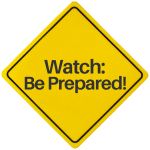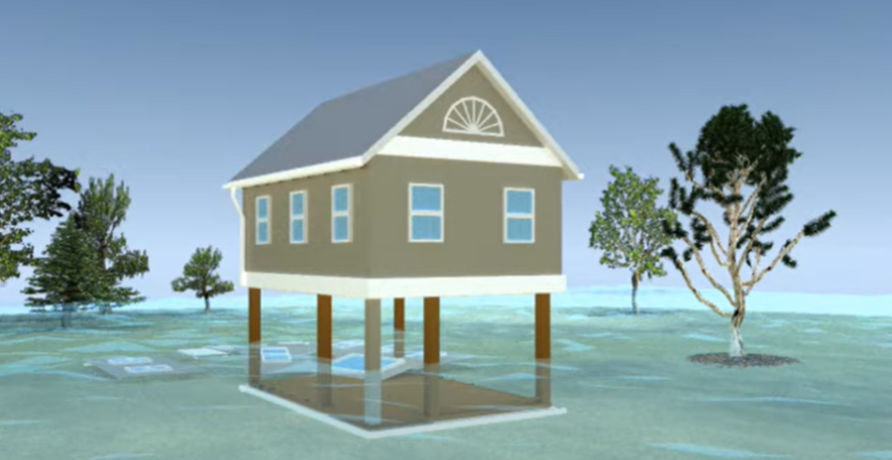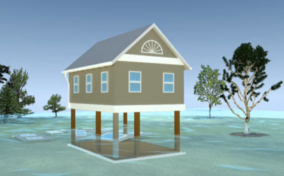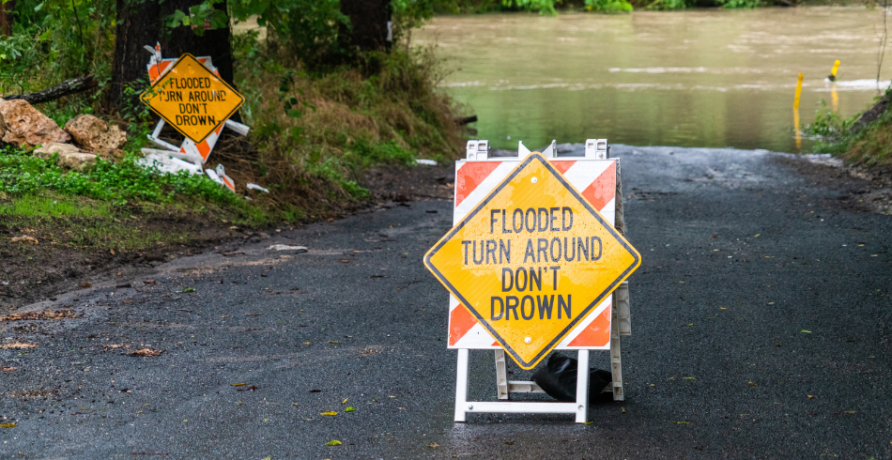Devastating floods occur throughout the U.S. every year. Ninety percent of all presidentially declared natural disasters involve flooding.
There are different types of flooding: river, coastal, storm surge, and inland. All can cause death, injury, and property destruction.
See how to determine your risk, prepare your family, learn about your building code, and identify ways to strengthen your home against flooding.
An area can flood with little warning; create a plan and build a disaster supply kit that keeps you and your family safe. Consider purchasing flood insurance even if you are outside of a designated flood zone. Protect your home with wet and dry floodproofing methods.
If a flood is imminent, deploy sandbags to redirect stormwater and debris flows away from your home. Keep essential electronics fully charged. Evacuate if ordered to do so.
To prepare your business or organization for flooding, download the free Ready Business Inland Flooding Toolkit to kickstart your planning.
During a flood, monitor conditions, take all safety precautions, and follow the advice of authorities. If water enters your home, take refuge on a higher floor. Don’t enter any room where water covers the electrical outlets or if cords are submerged, especially a basement.
Turn Around Don’t Drown: Never travel through flooded areas or roadways.
Flood levels may continue to rise for days even after the rain stops; don’t try to re-enter an area until authorities say it is safe.
If water entered your home, create airflow and ventilation to prevent mold. Use generators safely until power is restored. Take photos of property damage and file a claim with your insurance company. Plan to repair and rebuild resiliently with wet and dry floodproofing to prevent damage from future floods.
Please enter a more specific address.

A Flood Watch is issued when conditions are favorable for a specific hazardous weather event to occur. A Flood Watch is issued when conditions are favorable for flooding. It does not mean flooding will occur, but it is possible.

A Flood Warning is issued when the hazardous weather event is imminent or already happening. A Flood Warning is issued when flooding is imminent or occurring.
A Flash Flood Warning is issued when a flash flood is imminent or occurring. If you are in a flood prone area move immediately to high ground. A flash flood is a sudden violent flood that can take from minutes to hours to develop. It is even possible to experience a flash flood in areas not immediately receiving rain.
The Federal Alliance for Safe Homes (FLASH) — a 501(c)(3) nonprofit organization — is the leading consumer advocate for strengthening homes and safeguarding families from natural and manmade disasters.
The Playbook provides proven strategies for all leaders who wish to drive resilience.
This annual conference brings together the nation’s leading voices in disaster safety.
Inspect2Protect will help you understand the building code where you live.


Protect Your Home from Flood Damage


Turn Around Don't Drown
Anywhere it can rain, it can flood, making flooding risk one of the deadliest and most widespread hazards across the United States. Here is why:
Flooding can affect individuals, communities, and even entire regions. Each year, flooding causes more deaths than any other thunderstorm-related hazard. The most common flood deaths occur when someone drives into a flooded street, bridge, or overpass.
Floodwaters can carry bacteria and viruses that can cause illness, and stagnant water can become a breeding ground for mosquitoes and other disease-carrying insects. Flooding can also reduce the supply of clean drinking.
Floods can:
It is essential to take flood warnings seriously. Prepare for potential flooding by monitoring weather alerts, having an emergency kit, and following evacuation orders.
The reason that so many people drown during flooding is that they underestimate the incredible power of water. Six inches of fast-moving flood water can knock over an adult. Twenty-four inches, or two feet, of rushing water will carry away most vehicles, including pickups and SUVs.
If you come to an area that is covered with water, you cannot determine the depth of the water or the condition of the ground under the water. This is especially true at night when it is hard to see hidden hazards such as deep potholes, debris, or downed power lines.
Some of the other reasons to avoid driving in flooded areas include:
Play it smart. Play it safe. Whether driving or walking, any time you come to a flooded road, TURN AROUND, DON’T DROWN!